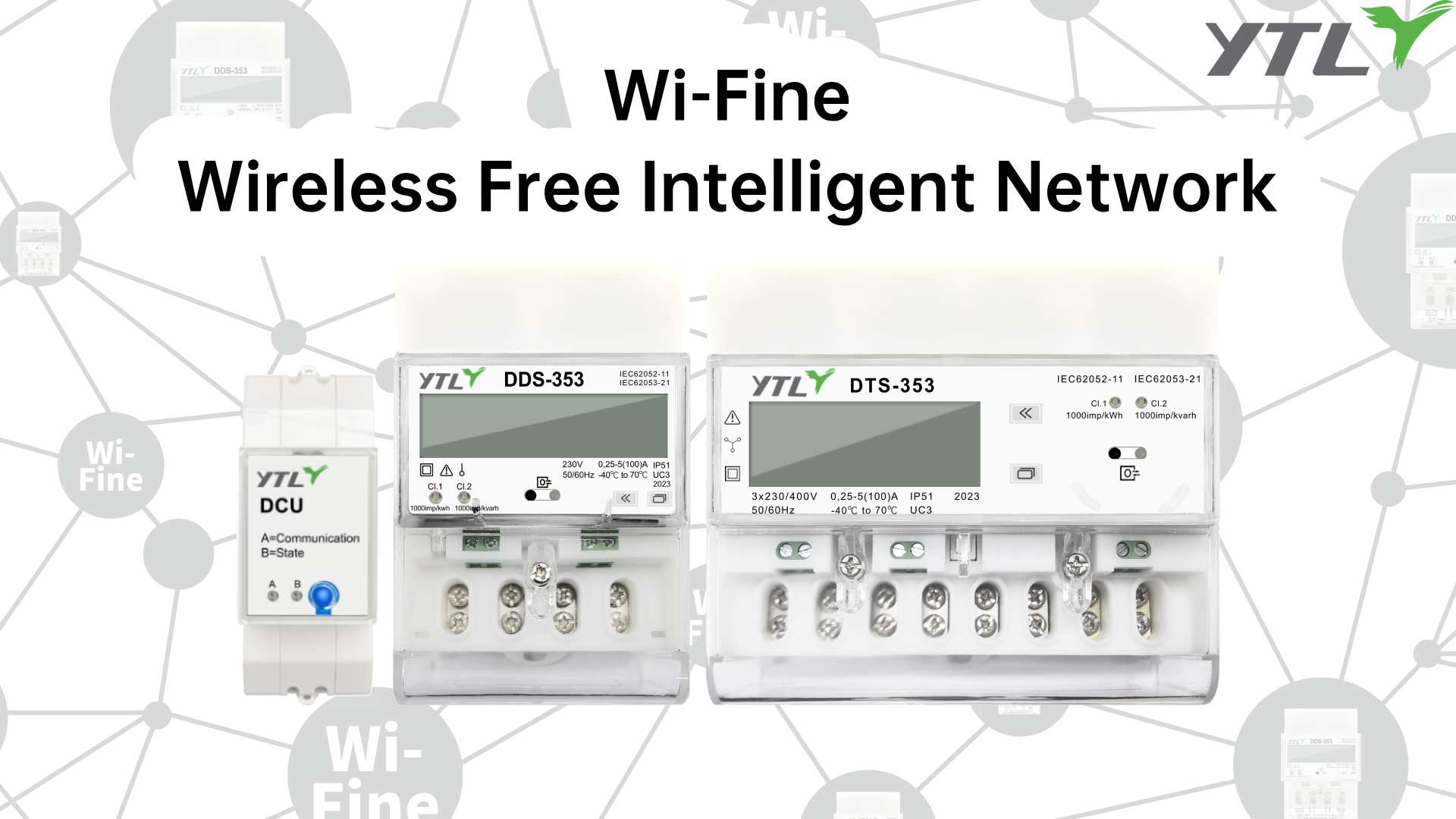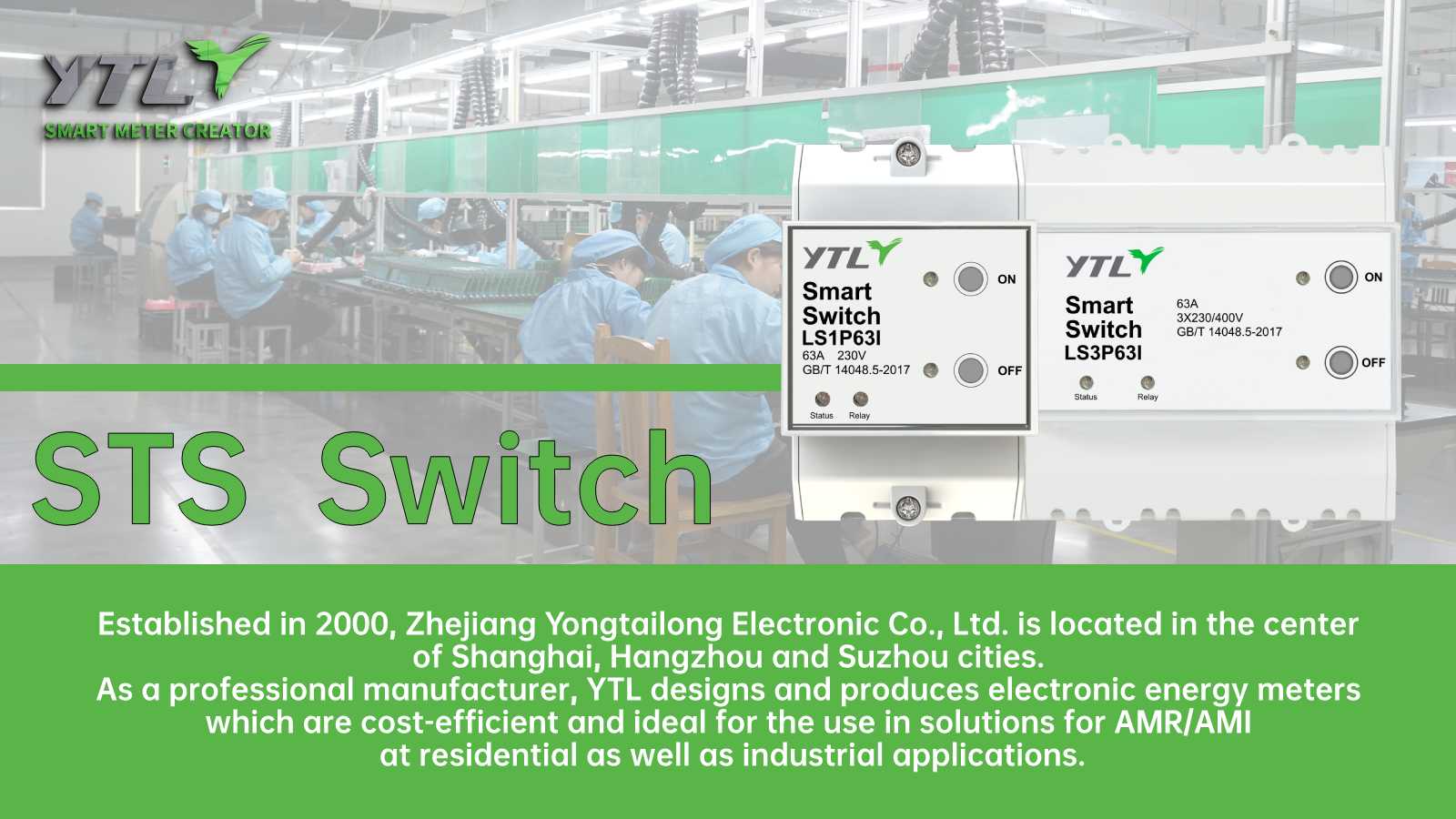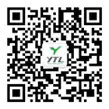In the wave of smart grid and energy internet, electric energy meters are undergoing a silent but profound change. From the mechanical device used to record electricity consumption at the beginning to the "energy management brain" equipped with artificial intelligence, edge computing and Internet of Things technology, the evolution history of electricity meters reflects human's unremitting pursuit of energy efficiency and sustainability. This revolution not only reshapes the operational logic of the power industry, but also quietly changes the energy management methods of households, enterprises, and even cities.
1、 The limitations of traditional electricity meters: data silos and response lag
Over the past decade, smart meters have gradually replaced mechanical meters as a standard feature in the power system, thanks to their remote meter reading and real-time monitoring capabilities. However, its limitations are becoming increasingly prominent: massive electricity consumption data is only used for billing and basic statistics, lacking in-depth analysis; Fault detection relies on manual troubleshooting, and power outage warnings often lag for several hours; Users can only passively receive feedback on electricity consumption, making it difficult to actively optimize their electricity usage behavior. For example, a factory's air compressor continues to consume electricity during non production hours, but due to the lack of intelligent diagnostic methods, the monthly electricity consumption remains high. These pain points reveal a core issue: traditional electricity meters are merely "movers" of data, rather than "creators" of value.

2、 AI Empowerment: From "Recorder" to "Decision Maker"
The new generation of electric energy meters has achieved three major core upgrades by embedding AI algorithms:
Real time insights from electric energy meters: Let data speak for itself
AI analyzes electricity consumption curves, accurately identifies equipment start stop patterns, and constructs personalized electricity consumption profiles. For example, if the standby power consumption of a household air conditioner reaches 10%, the system will automatically push an energy-saving solution of "recommended use of smart sockets"; A certain community analyzed the transformer load curve and provided a 48 hour warning of overload risk to avoid large-scale power outages.
Dynamic optimization of electric energy meters: from "energy-saving" to "intelligent power consumption"
The energy meter collaborates with the power grid to automatically activate energy storage devices during periods of low electricity prices. Photovoltaic users can dynamically adjust the charging and discharging strategies of energy storage batteries through AI, increasing the solar energy utilization rate from 40% to 75%.
Extension of Energy Meter Services: From "Unidirectional Measurement" to "Ecological Win win"
Push "energy-saving reports" through the app, analyze household carbon emissions, and generate optimization suggestions; The regional level energy meter network generates load heat maps to help power grid companies accurately plan substation site selection and reduce infrastructure investment by more than 20%.
3、 Application scenario implementation of electric energy meters: reshaping the energy management ecosystem
Family scenario: the 'invisible butler' of smart life
If an elderly person living alone does not use electricity regularly for 24 hours, the system will automatically trigger a warning to notify their children; Analyze the fluctuation of refrigerator power consumption and prompt 'compressor efficiency decreases, maintenance recommended'; Convert personal energy-saving behavior into carbon credits and directly participate in the carbon trading market.
Enterprise scenario: Energy doctors who reduce costs and increase efficiency
A certain automotive parts factory compared energy consumption data in the same industry through AI and adjusted the heating curve of the electric furnace, saving over one million yuan in annual electricity bills

4、 Future Outlook: "Cell Unit" of Energy Internet
With the integration of 5G, Internet of Things and blockchain technology, the electric energy meter will evolve into a key node of the energy Internet:
Virtual power plant: millions of electricity meters collaborate to dispatch household photovoltaics and electric vehicles, forming a flexible and responsive distributed energy network.
The cornerstone of smart cities: the linkage between electric energy meters and transportation and security systems, achieving integrated management of "electricity vehicle road house".
Carbon trading portal: Electricity meters directly convert individual energy-saving behaviors into economic benefits, promoting the low-carbon transformation of the whole society.
From mechanical turntables to AI chips, from passive metering to active decision-making, the evolutionary history of electric energy meters is a microcosm of human exploration of efficient energy utilization. When every kilowatt hour of electricity is endowed with wisdom, and every use of electricity becomes a sustainable future choice, that small electric meter hanging on the wall may be the "pivot" that leverages the sustainable development of the earth.

 English
English 简体中文
简体中文














